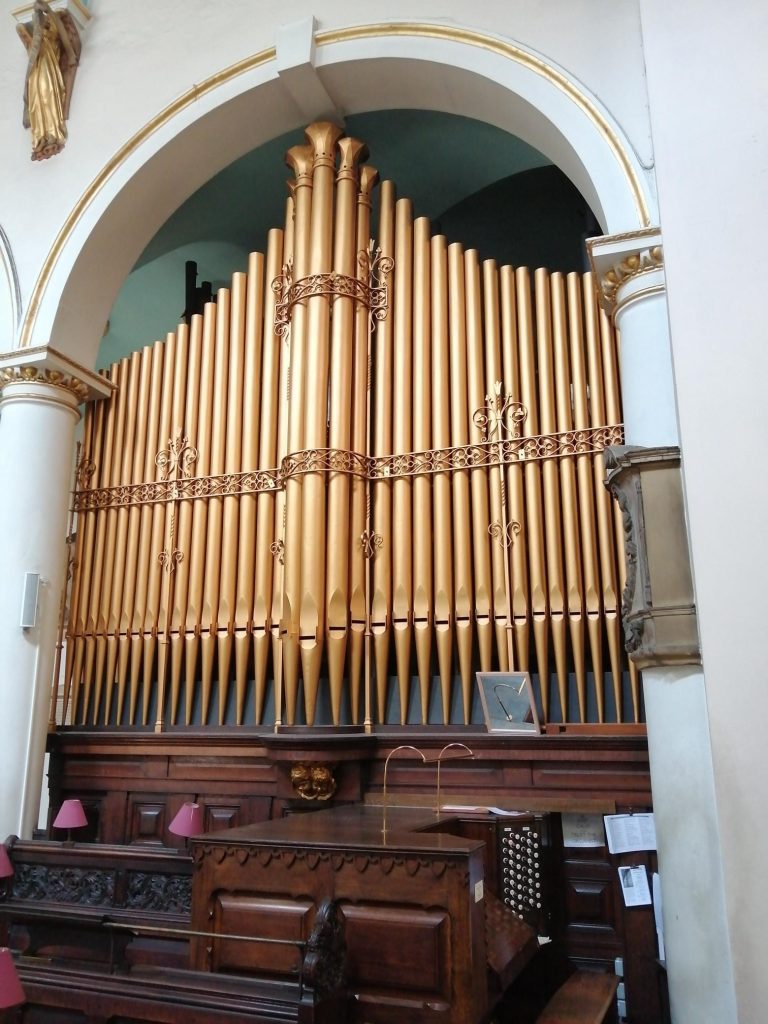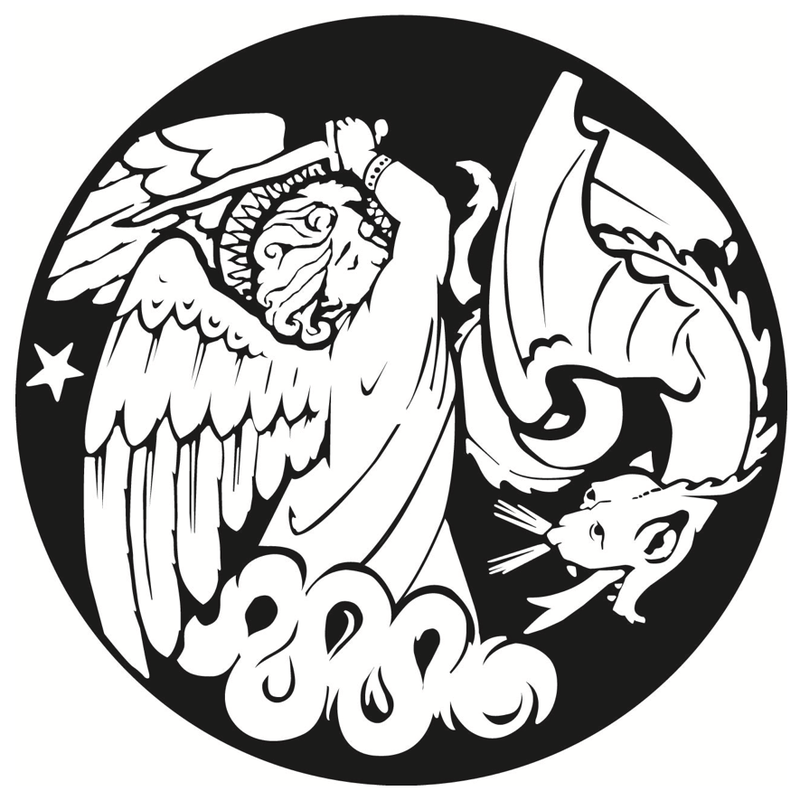
The first written mention of an organ in St Michael’s dates from 1459, but nothing remains of that instrument. The present organ began life in 1684 as a 2-manual instrument built by Renatus Harris. It stood in a (now-demolished) west gallery. When it was completed, the Church Wardens invited “eminent Musick Masters to a Dinner and to try the Organ”. These were John Blow, Giovanni Battista Draghi and Henry Purcell, and many of the pipes which sounded on that occasion are still incorporated in the present organ. Over the centuries, some of the country’s leading craftsmen added ranks of pipes and refined the specification and the mechanics – and the organ was moved to the north-east corner of the church. Organ builders who contributed much to the development of the present instrument were Green (1790), Robson (1849), Bryceson (1868), Hill (1886 & 1901), Rushworth & Dreaper (1925 & 1975) and Nicholson (2010).
The weekly Monday organ recitals were begun in 1914 by the Director of Music, George Vincent, as “Organ Services”, which began and ended with a prayer. When Harold Darke was appointed two years later, he quickly increased the reputation of the recitals, and for much of the 1920s they were broadcast ‘live’ on national radio. Although other churches followed Dr Darke’s example, it is thought that the St Michael’s weekly recital series is the longest-running in the world. Click here for more history of music at St Michael’s.
In the 21st century, the Director of Music (Jonathan Rennert) and his Assistant (at present, Makoto James) continue to give many of the recitals, whilst others are given by distinguished organists from the UK and overseas.
